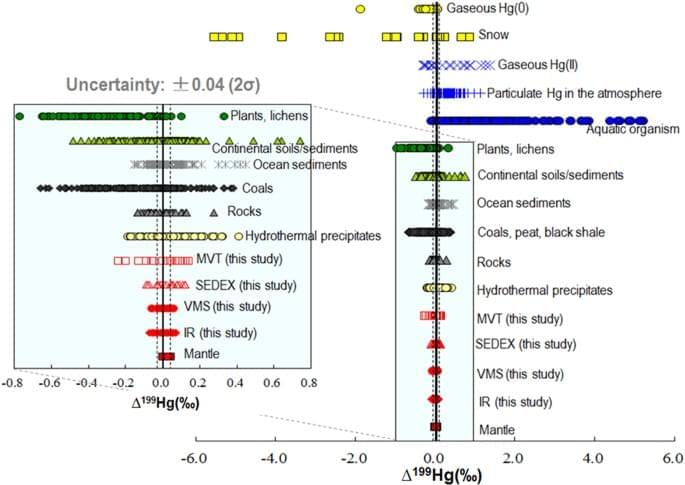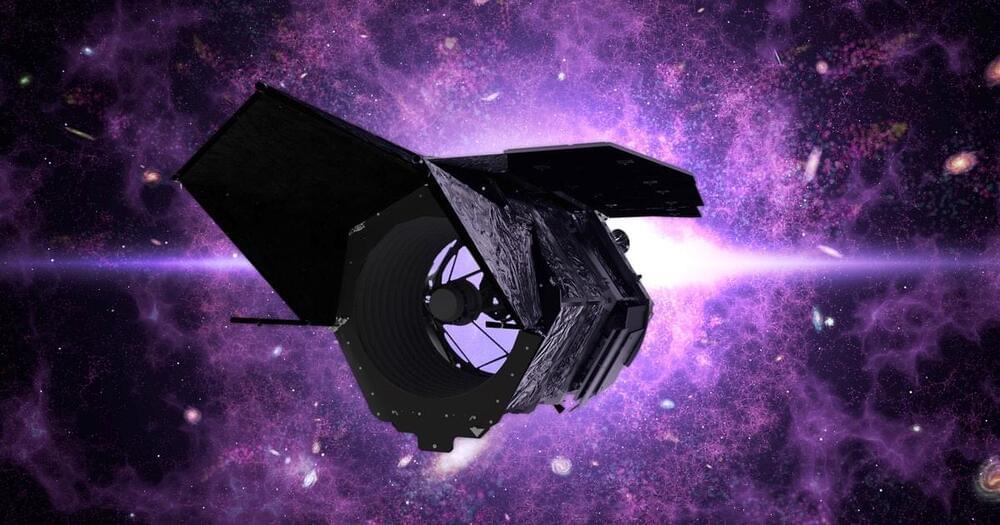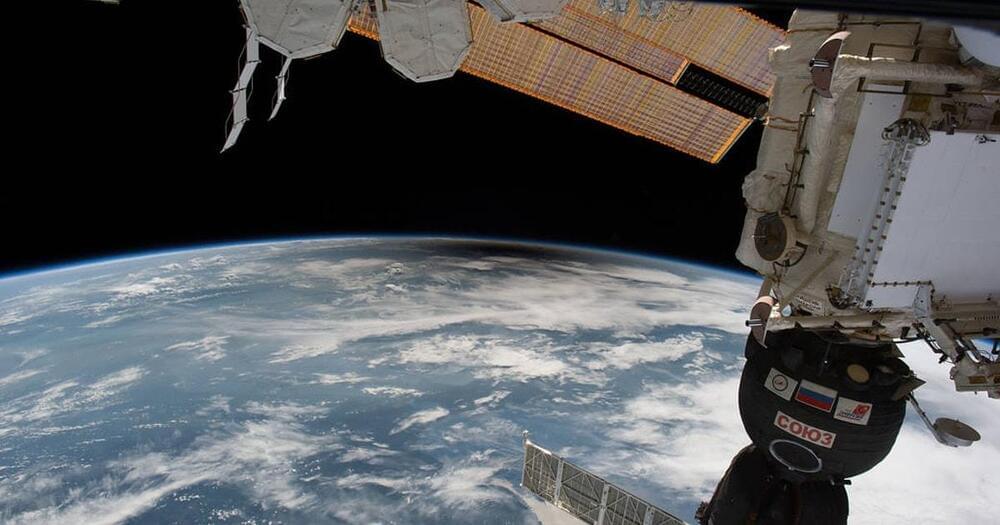Scientific Reports — Mercury Isotopes as Proxies to Identify Sources and Environmental Impacts of Mercury in Sphalerites. Sci. Rep. 6, 18686; doi: 10.1038/srep18686 (2016).




👉For business inquiries: [email protected].
✅ Instagram: https://www.instagram.com/pro_robots.
You are on the PRO Robots channel and today we have selected for you the strangest and most amazing robots. Giant robots, robot transformers, flying humanoids, exoskeletons that give superpowers, robot skiers, a new robot for space and much more. Watch the TOP of the newest, strangest and most unusual robots in the world! Watch the video till the end and write in the comments, which robot surprised you more than others?
0:00 In this video.
0:22 RH5 Manus.
1:17 NINA from Doosan Robotics.
1:53 GENTLE MONSTER
2:24 LEO robot.
3:21 CRAM Robot.
3:55 ATOUN
4:23 Guardian GT
4:56 Flying humanoids.
5:22 Jet-HR2
5:35 NABi.
6:01 ALFRED The Four Legged Robot.
6:20 Aquanaut.
7:06 ANYmal robot.
7:50 Max robot.
8:30 The Mountain Skiing Robot.
9:03 A doughnut drone from Cleo Robotics.
9:19 A folding drone.
10:26 Drone bug.
10:42 SqUID warehouse robot.
#prorobots #robots #robot #futuretechnologies #robotics.
More interesting and useful content:


An international study involving researchers from CNRS and CEA as well as the company Kayrros reveals hundreds of major methane leaks linked to the global exploitation of oil and gas. Scientists show that their mitigation would lead to climatic and economic benefits amounting to billions of dollars for the main hydrocarbon producing countries. This work is published on February 4, 2022 in the journal Science.
Original press release published on CEA.
A major contributor to climate change, methane (CH 4) has a warming potential over 100 years approximately 30 times greater than that of CO 2. A quarter of anthropogenic emissions of this greenhouse gas come from the global exploitation of coal, oil and natural gas, of which CH4 is the main component. In 2018, a study had already exposed, based on the case of the United States, the vast underestimation in official inventories of emissions related to the extraction and distribution of oil and gas. A discrepancy which could be explained by sporadic undeclared releases of large quantities of methane by operators in the sector.


A Southwest Research Institute scientist measured the properties of ice-brine mixtures as cold as-145 degrees Fahrenheit to help confirm that salty water likely exists between grains of ice or sediment under the ice cap at Mars ’ south pole. Laboratory measurements conducted by SwRI geophysicist Dr. David Stillman support oddly bright reflections detected by the MARSIS subsurface sounding radar aboard ESA’s Mars Express orbiter.
With a 130-foot antenna, MARSIS flies over the planet, bouncing radio waves over a selected area and then receiving and analyzing the echoes or reflections. Any near-surface liquid water should send a strong bright signal, whereas the radar signal for ice and rock would be much smaller.
Because conventional models assume the Mars south polar cap experiences temperatures much lower than the melting point of water, many scientists have questioned the presence of liquid water. Clay, hydrated salts, and saline ices have been proposed as potential explanations for the source of the bright basal reflections. The Italian-led team investigating the proposed phenomena used previously published data, simulations, and new laboratory measurements.

And no, he’s not a billionaire.
Back in 2017, Mad Mike Hughes built a scrap metal rocket to launch in the Mojave desert in order to prove that the Earth is flat. The story made headlines around the world mostly for its ridiculousness but also because of the impressive achievement that it represented. It was an indication that a simple man, not a billionaire, could actually build a rocket.
That’s why when a group of 50 volunteers at Copenhagen Suborbitals announced they were building a rocket to send to space, the news drew a lot of attention, as first reported by *Futurism*. If the intrepid group of ambitious volunteers actually succeeds in getting their rocket off the ground and into orbit, it will mark a key milestone for humanity. why when a group of 50 volunteers at Copenhagen Suborbitals announced they were building a rocket to send to space, the news drew a lot of attention, as first reported by Futurism. If the intrepid group of ambitious volunteers actually succeeds in getting their rocket off the ground and into orbit, it will mark a key milestone for humanity.